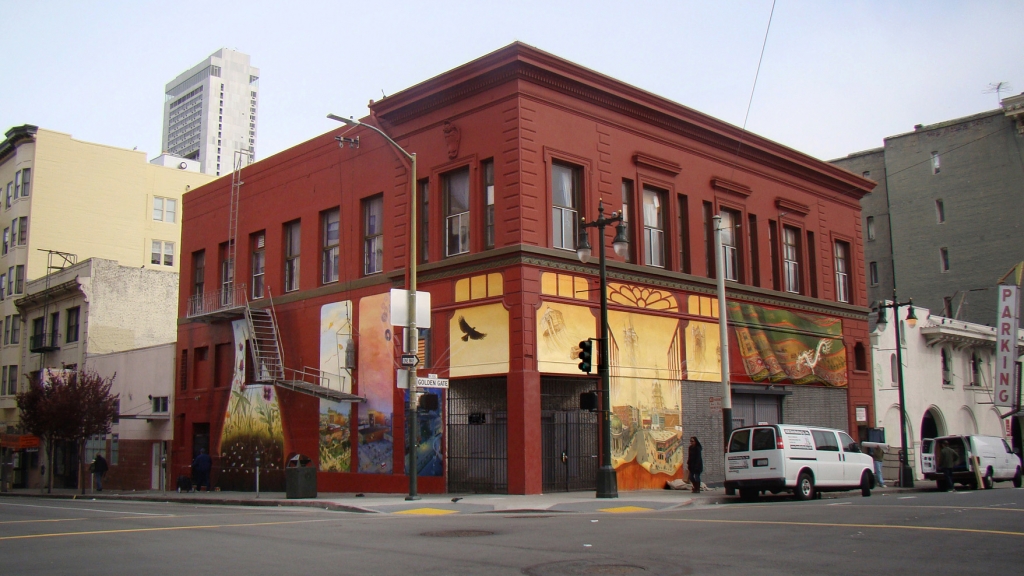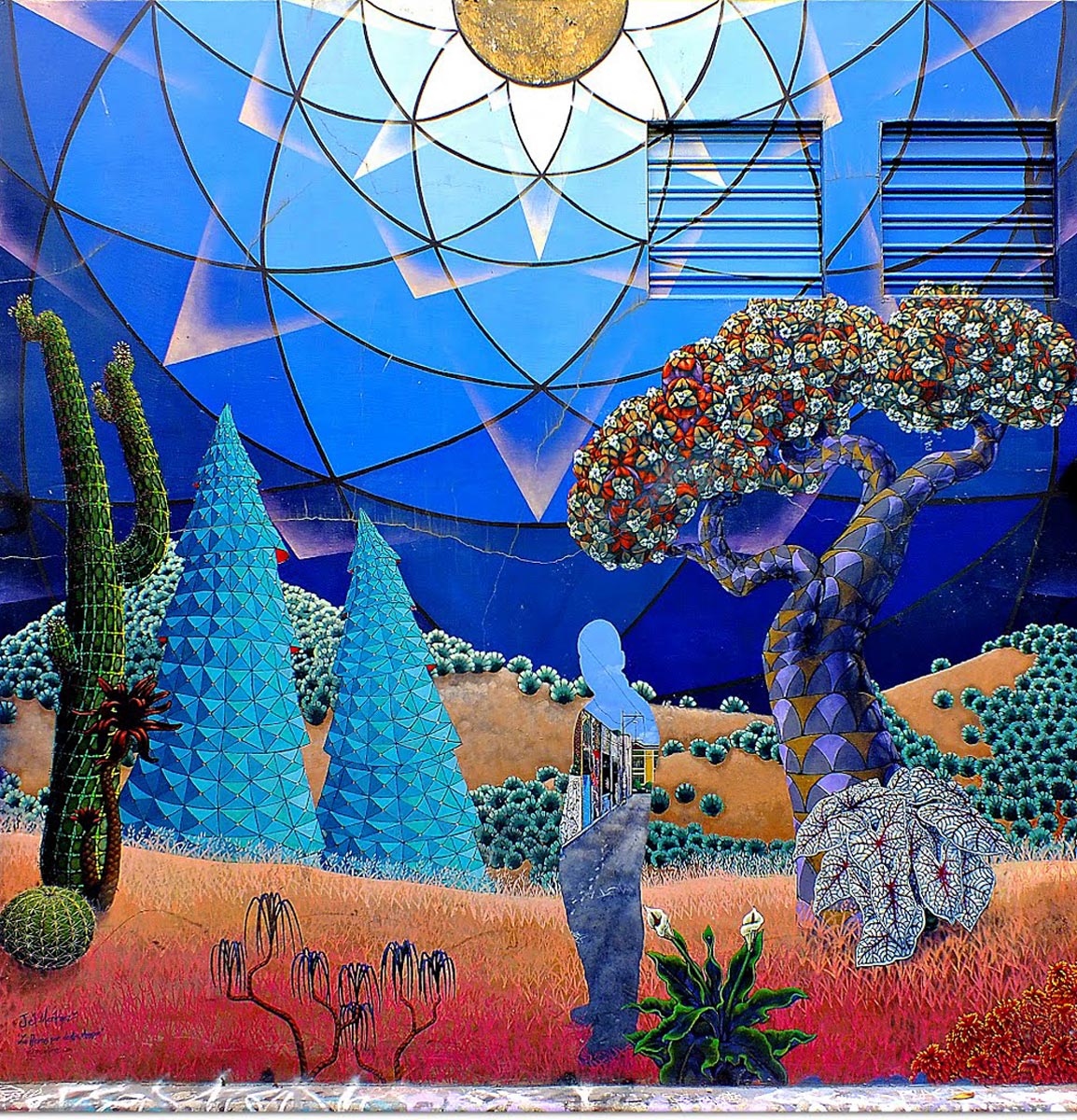 One of the most metafictional books: a story about a story that is repeated endlessly, the one story that is all stories at once, the cyclical story of the rise and fall of humanity.
One of the most metafictional books: a story about a story that is repeated endlessly, the one story that is all stories at once, the cyclical story of the rise and fall of humanity.
Joyce essentially invented his own mishmash of languages, making the book notoriously difficult to read, but if you drink several glasses of Irish whiskey, smoke a few bowls and squint a lot the book becomes more readable . . . even funny! You should think of the novel as a great collection of puns.
Here is the first line: “riverrun, past Eve and Adam’s, from swerve of shore to bend of bay, brings us by a commodius vicus of recirculation back to Howth Castle and Environs.” Joyce packs in meaning by using puns and allusions (which are themselves a kind of pun). On a cursory count I find at least fourteen. “Past,” for example, is the preposition as in “the river flows past the church.” It also refers to the past, a central theme of the work. It can also be a homonym for the past tense of the verb “to pass”: passed. A Reader’s Guide to Finnegan’s Wake by William York Tindall explains some of the allusions: “‘Riverrun,’ the first word is the central word of the book; for Anna Livia’s Liffey, the feminine creative principle, is the river of time and life. The Liffey flows past the church of Adam and Eve (reversed here to imply temptation, fall, and renewal) and into Dublin Bay, where . . . it circulates up to Howth, the northern extremity of the bay. ‘Eve and Adam’s’ unites Dublin with Eden and one time with another” (Tindall 30).
Continue reading “Hisstory Repleats Herself: James Joyce’s Finnegan’s Wake”

 Disney Parks have a couple of meta-attractions, attractions that include representations of miniature amusement parks. Visitors can see how Disney, the most famous of amusement parks, represents its own business. I am going to look at two examples, Pinocchio’s Daring Journey, which ironically warns the visitor against amusement parks, and It’s a Small World, which presents the amusement park as a unifying symbol of humanity.
Disney Parks have a couple of meta-attractions, attractions that include representations of miniature amusement parks. Visitors can see how Disney, the most famous of amusement parks, represents its own business. I am going to look at two examples, Pinocchio’s Daring Journey, which ironically warns the visitor against amusement parks, and It’s a Small World, which presents the amusement park as a unifying symbol of humanity.






